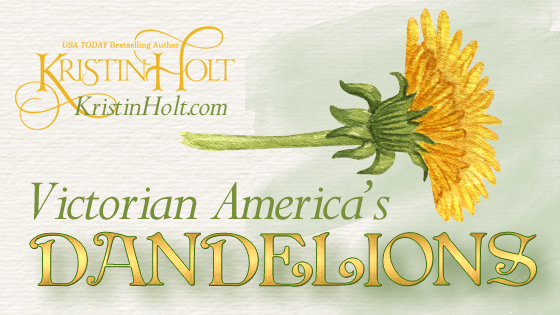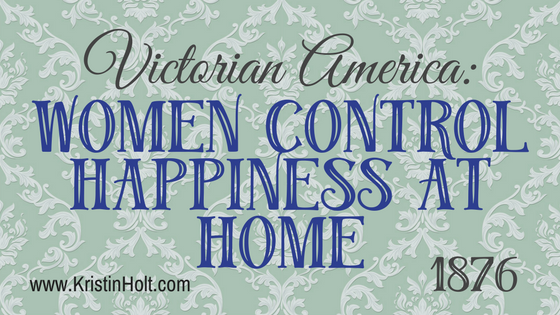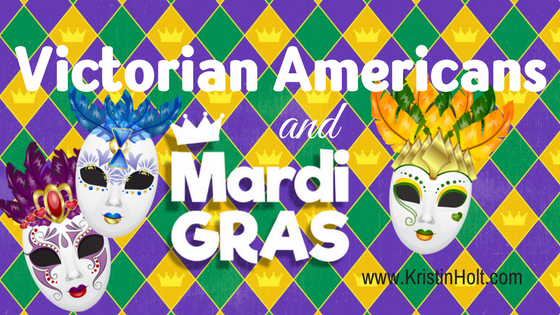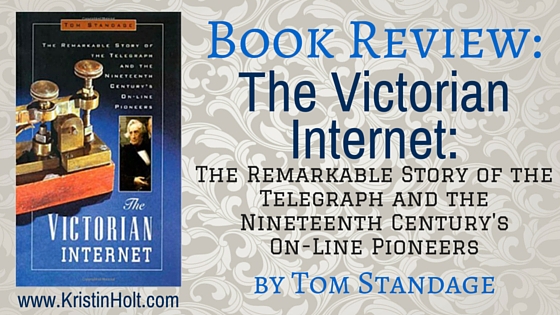
by Kristin Holt | May 31, 2022 | Articles
Dandelions were so much more than weeds to our Victorian ancestors. Not only were the tender plants sought for springtime vegetables and salads, but for tea, coffee, wine, beer, and prominent medicinal value. 19th century cook books and newspapers share the Victorian-American viewpoint on the value of dandelions from blossom to root. Recipes for edibles and curatives, advertisements, and more!

by Kristin Holt | Feb 26, 2018 | Articles
19th Century Ladies Fashions included gigantic sleeves known by many names: Leg of Mutton, Marquise, Balloon, etc. Highly fashionable, women wore them to work at home, to “walk out”, to sit for photographs, and on their wedding days. Highly fashionable for a period of time in the 1890s (through the turn of the century), they’ve returned at least twice: mid 1980s and in 2016. A favorite? You decide.

by Kristin Holt | May 26, 2017 | Articles
Vintage newspaper articles from 1827 and 1876 illustrate the Victorian-era attitude regarding a woman’s work within the home. Far more than meal preparation and child-rearing, these brief statements memorialize the era’s viewpoint of differences between men and women, and the wife’s cherished role as confidante, partner in sorrows and joys, whose feminine endowment brings “exquisite tact which rounds the sharp corners, and softens the asperities of different characters, enabling people differing most widely to live together in peace…”

by Kristin Holt | Feb 28, 2017 | Articles
Victorian Americans loved their celebrations, holidays, and reasons to party. Mardi Gras, in North America, has been around since pre-American Revolutionary War. I share tidbits about the background of Mardi Gras, how it was celebrated during the staid and usually straight-laced Victorian era, and some of the challenges present to law enforcement in the latter half of the nineteenth century. Wow! I can only imagine!

by Kristin Holt | Jun 17, 2016 | Articles
As an amateur historian, fascinated by all things Victorian and in anxious search of accurate information about the telegraph in the United States, I found Standage’s book to be informative, concise, humorous, entertaining, an easy read, and exactly what I was looking for. I understand more now about how the antiquated–and yet highly innovative–Victorian technology actually worked than I could have imagined. Standage addressed everything from the various men at work (often unaware of one another) to create the means of sending rapid messages over a great distance to the consequences on warfare and other news of the day. He addressed the employees of both genders, romances that flourished as a result of time spent together ‘online’, and the challenges eventually conquered in laying the Transatlantic Cable. 5 STARS!













